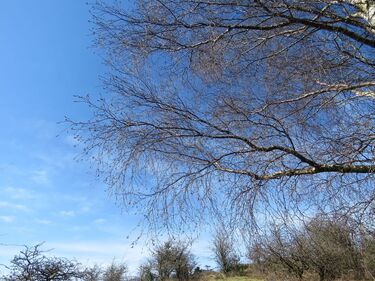 Birch thick with catkins against a blue sky
Birch thick with catkins against a blue sky The hare’s top-speed might be 45 mph but on this still and bright morning he grazed at leisure. The hare jizz was fresh in my mind and I see them here at this season. A sole hare loped across the scrub, alert and upright when he heard a dog bark. Wild Isles showed a hare-hotspot but I was pleased to see one in Easter Week, to know they're still here in this place.
As I followed a popular footpath to Scout Scar ground-nesting skylark were singing so I asked several walkers if they’d heard the skylark and if they'd put their dogs on leads, as Natural England and Lake District National Park notices request from 1st March through to July, the breeding season. A runner instantly obliged and she ran swiftly off along the track beside her dog, a close-knit team. Someone told me she couldn’t keep her dog on a lead for five months so I suggested a compromise which she accepted- on a lead in the most sensitive zone. The notices are displayed in carefully chosen locations as a prompt for people to realise they're walking through skylark territory but she seemed surprised to learn it. A man crossed Kendal Race Course where new lambs abound and into skylark habitat, dog off lead. I pointed out the notice on the stile. He harrumphed, turned his back on me and went on. No intention of complying with the farmer's request or that of The Lake District National Park. I've been on a mission to save the skylark of Scout Scar for years. It is a Site of Special Scientific Interest, within the Lake District National Park. And you'd think people would heed David Attenborough's message and its urgency.
Coming soon on BBC I Player: Saving Our Wild Isles, a programme to complement the series and showing us how we can help.
I spent a while photographing a downy birch, silvery bark and a purple crown against a beautiful blue sky. I love the delicacy of its fine twigs bearing catkins and leaf buds and swaying in the breeze.
So, for fine photography of hare in springtime and their mating rituals I recommend Wild Isles. Finding hare on one's local patch is a thrill, an immediate experience, and we sense the vulnerability of such creatures and their tenuous hold As numbers fall we have to search, to look and listen closely. The skylark chorus is not as loud or sustained as it used to be, lapwing are far fewer and I heard a solitary curlew this week. In his nineties and with a lifetime as a dedicated naturalist, David Attenborough has witnessed the dramatic decline in numbers and speaks with authority. Maybe the harrumphing man isn't watching, maybe he finds the message inconvenient.
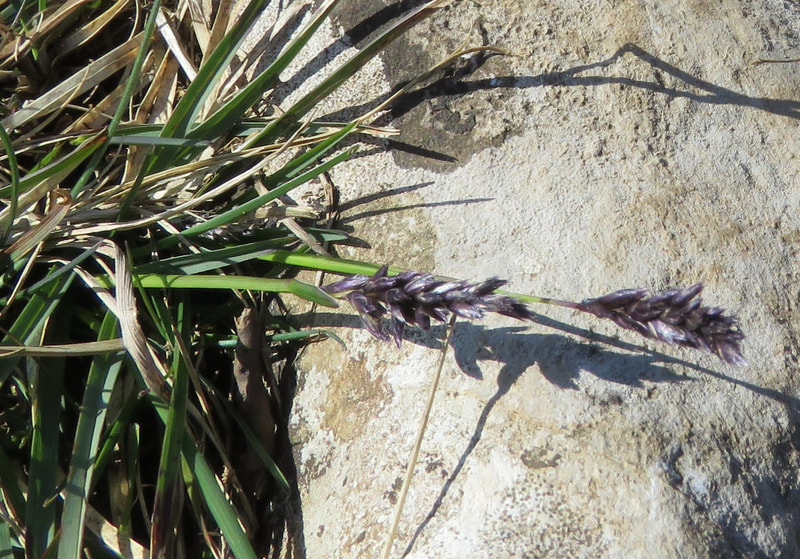
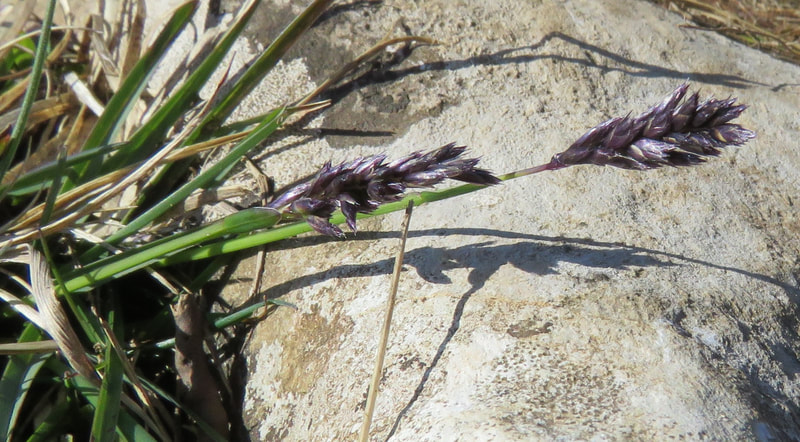
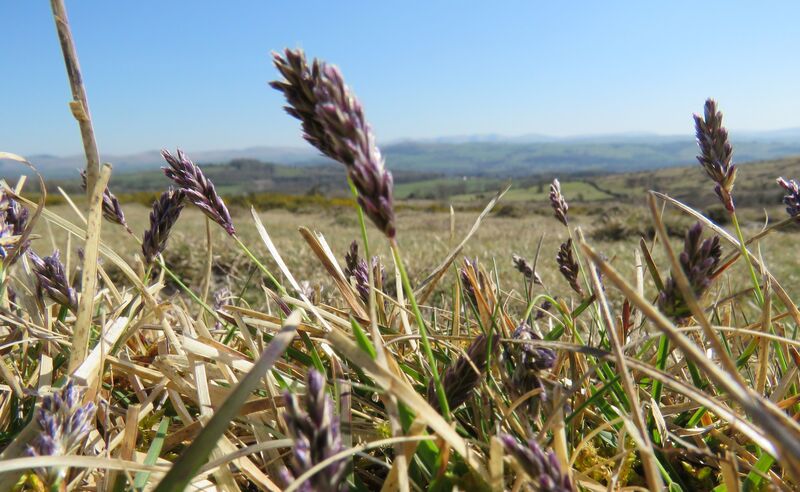
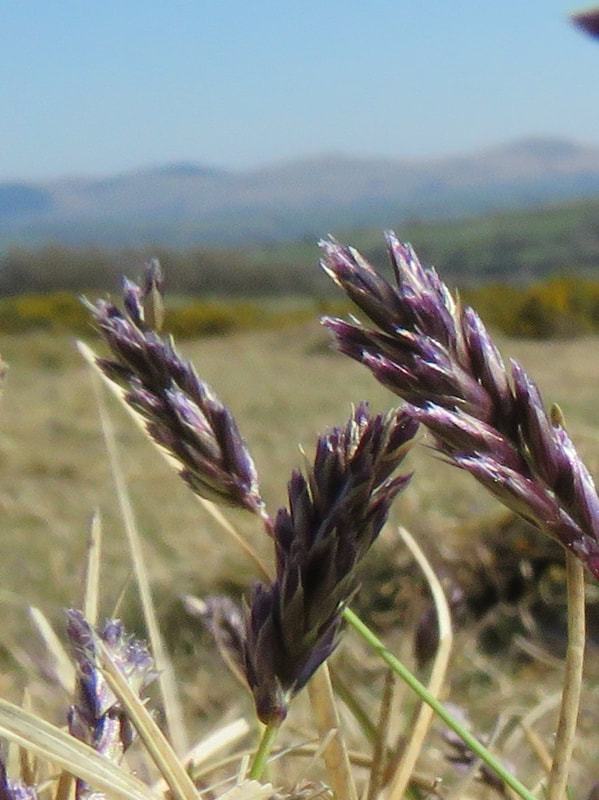
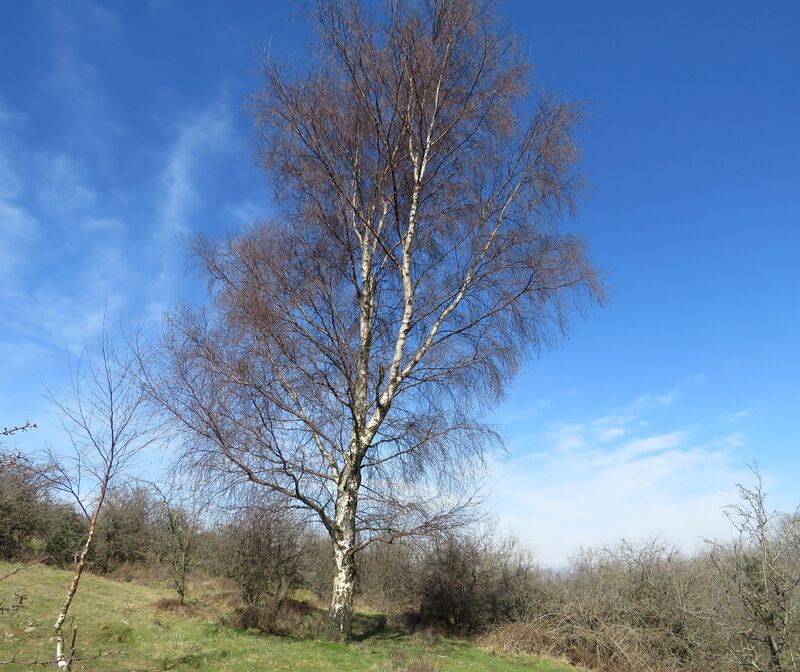
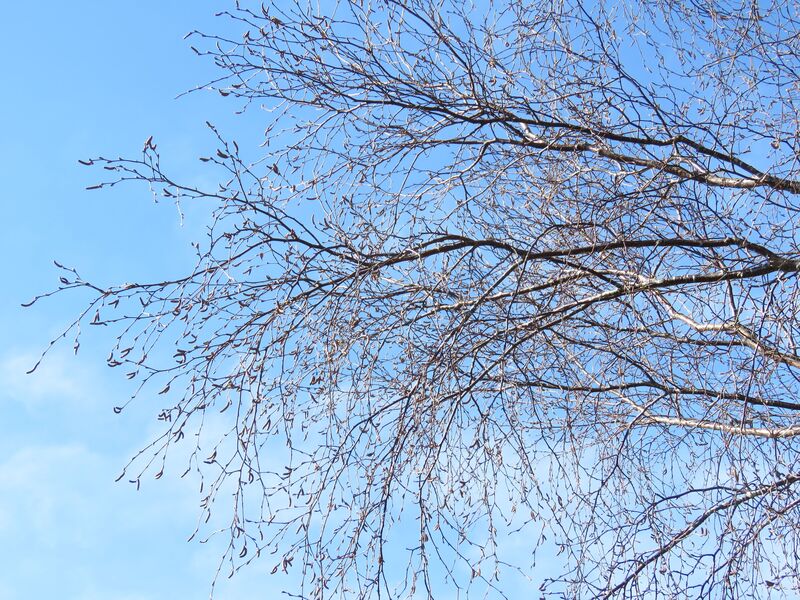
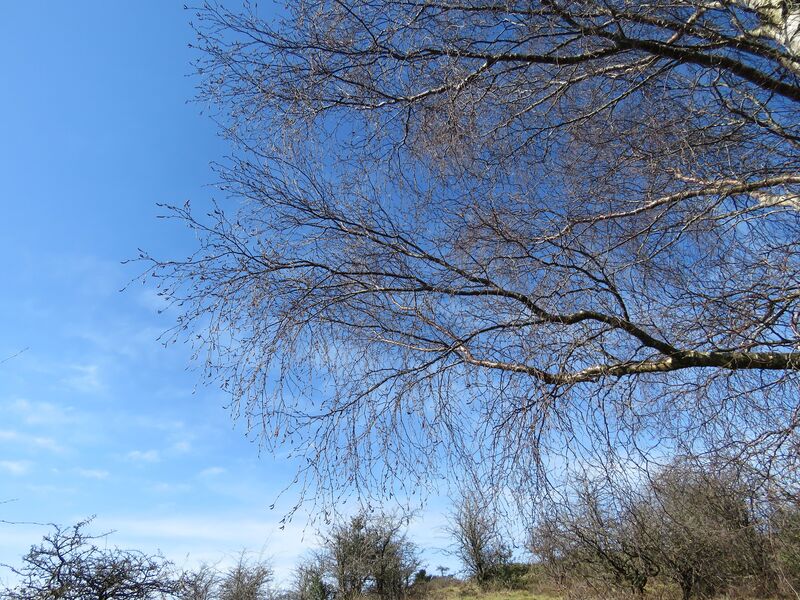
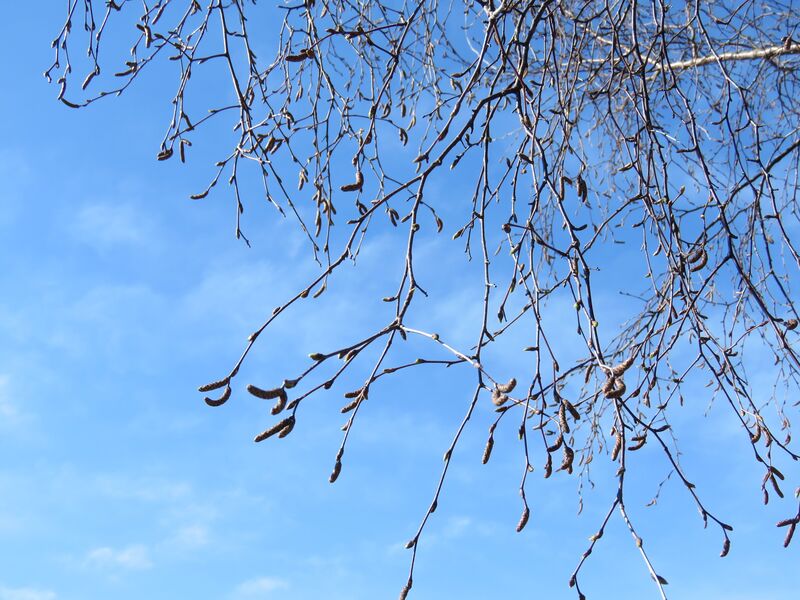
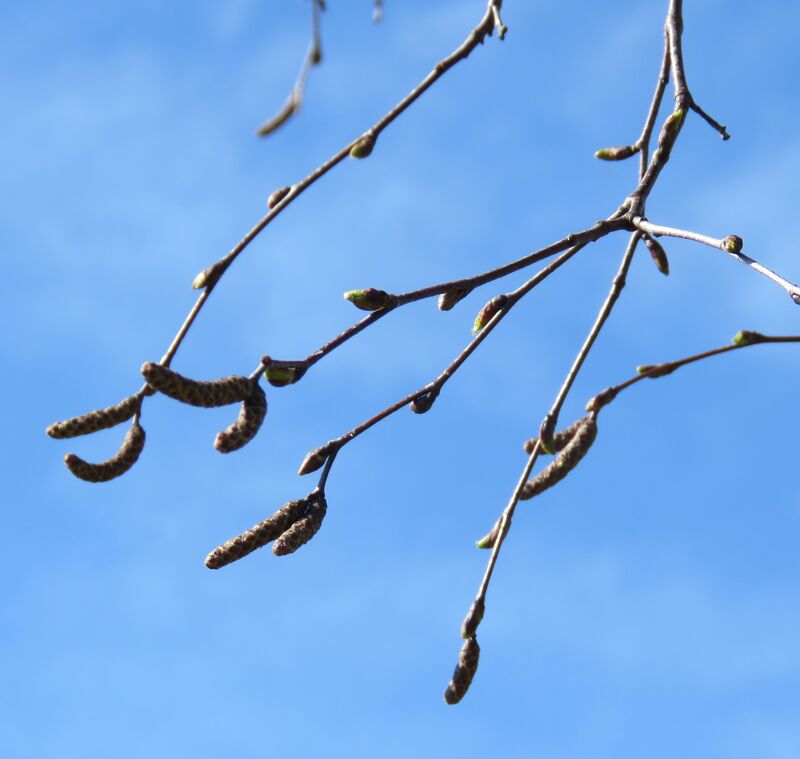
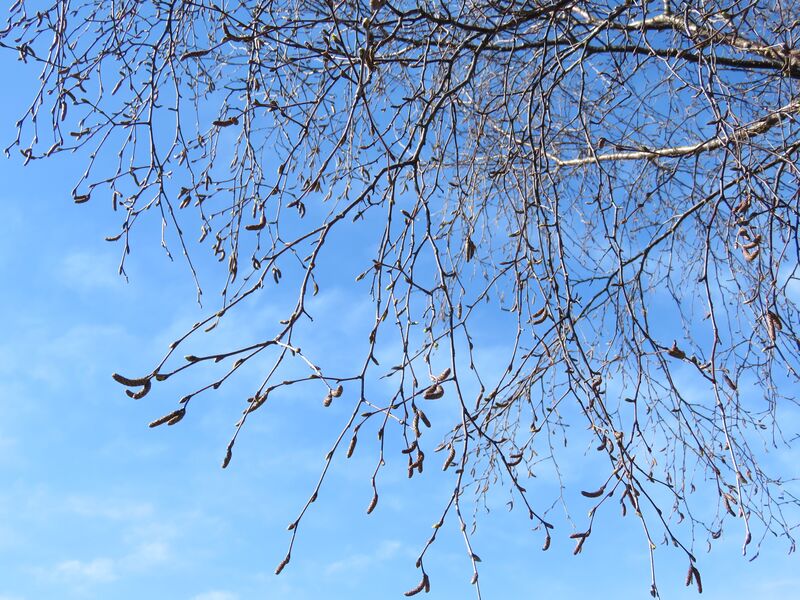


 RSS Feed
RSS Feed